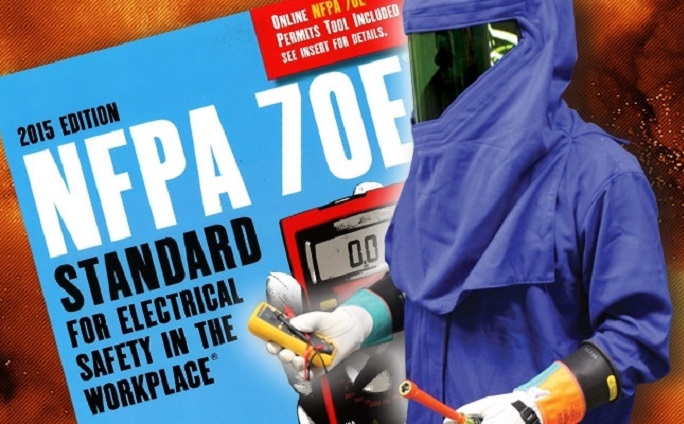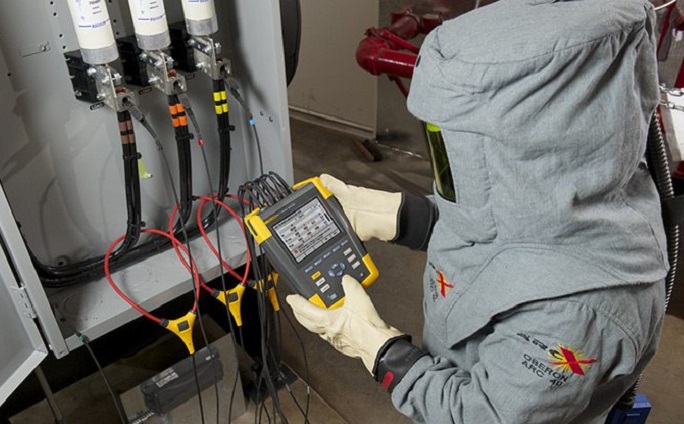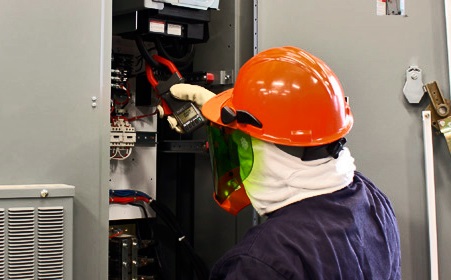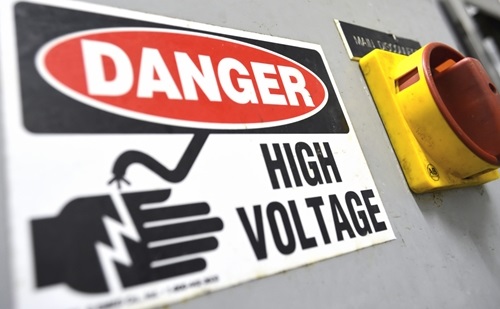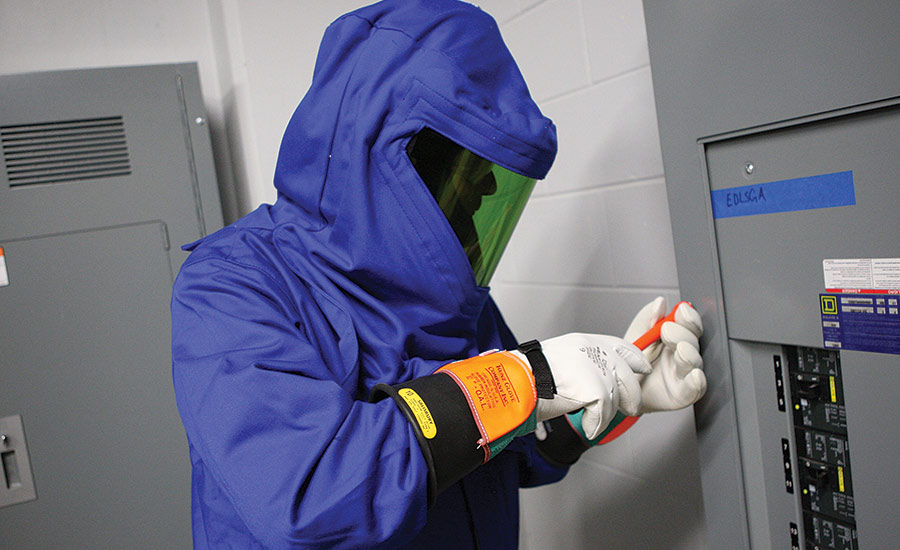Solar PV power plants are designed to maximize the plant performance and
provide owners with a rapid return on investment and long plant
operating life. Optimized standard concepts for each stage of the PV
power plant process and a complete capability in design, engineering,
and commissioning. The array of a photovoltaic power system, or PV
system, produces direct current (DC) power which fluctuates with the
sunlight’s intensity. For practical use this usually requires conversion
to certain desired voltages or alternating current (AC), through the use
of inverters. Multiple solar cells are connected inside modules. Modules
are wired together to form arrays, then tied to an inverter, which
produces power at the desired voltage, and for AC, the desired
frequency/phase. Many residential PV systems are connected to the grid
wherever available, especially in developed countries with large
markets. In these grid-connected PV systems, use of energy storage is
optional. In certain applications such as satellites, lighthouses, or in
developing countries, batteries or additional power generators are often
added as back-ups. Such stand-alone power systems permit operations at
night and at other times of limited sunlight.

